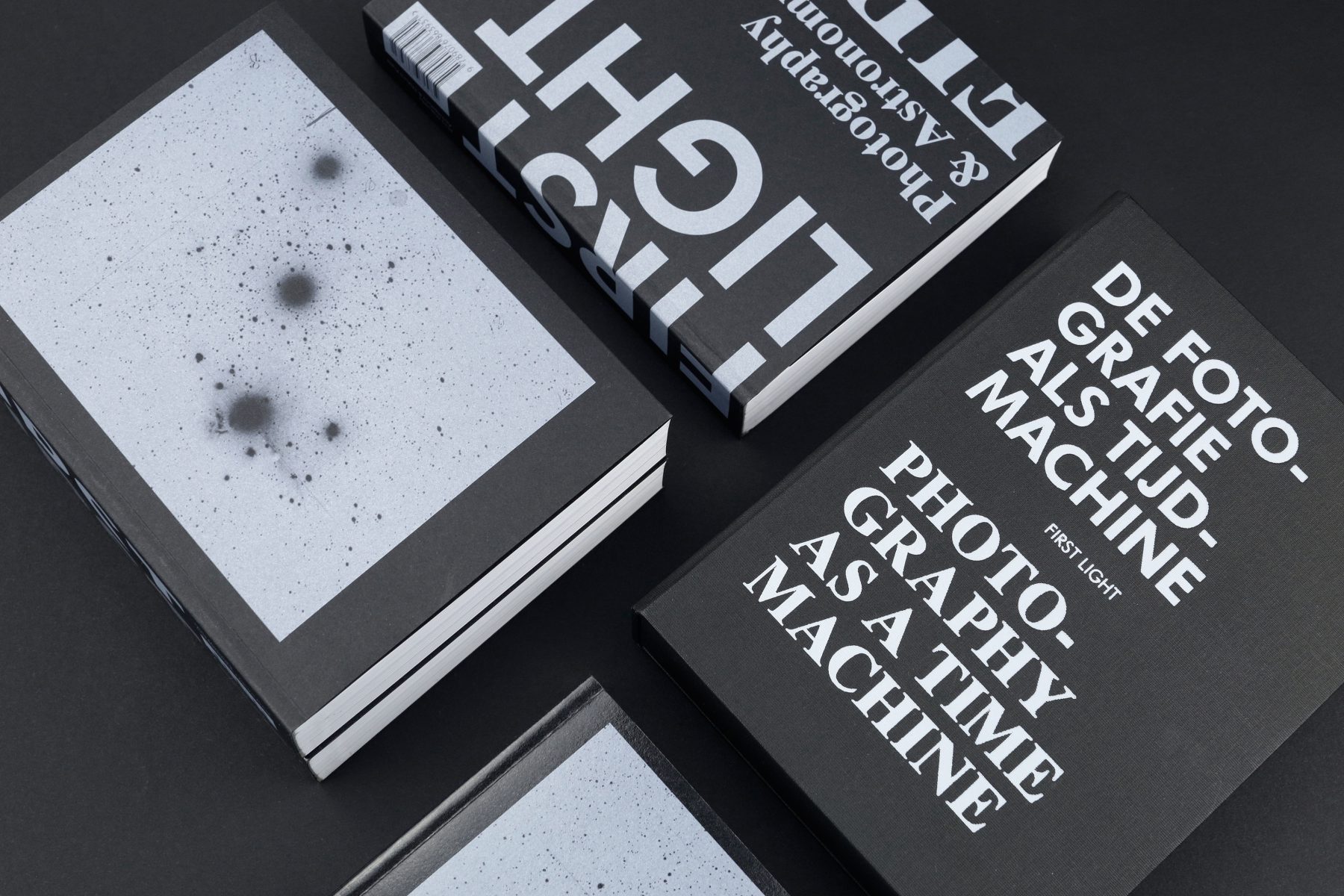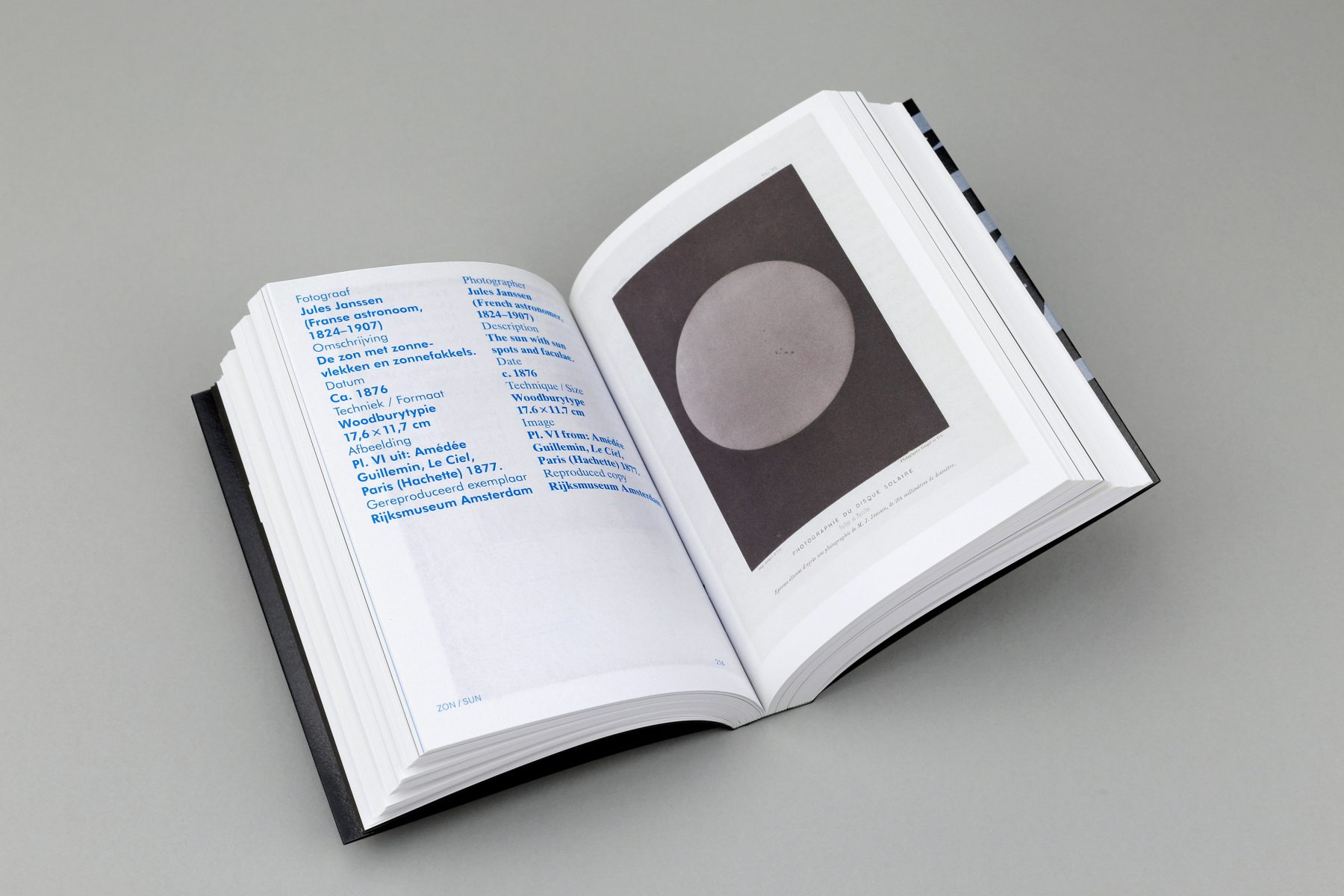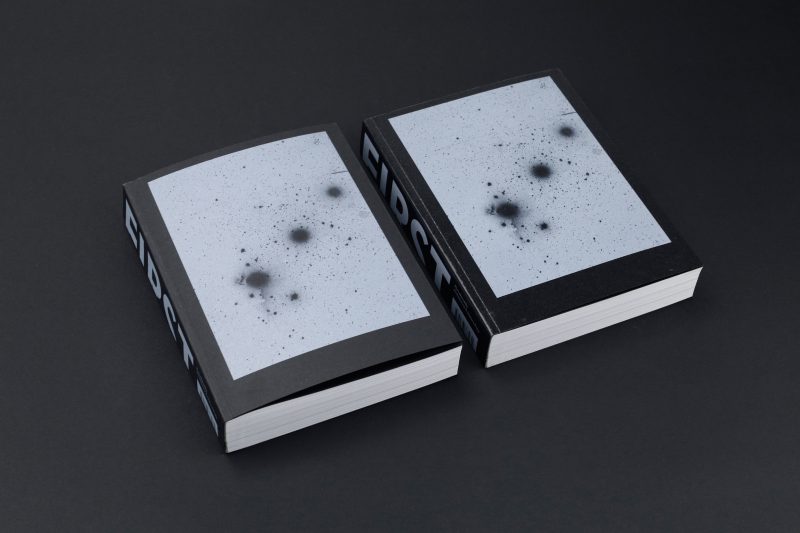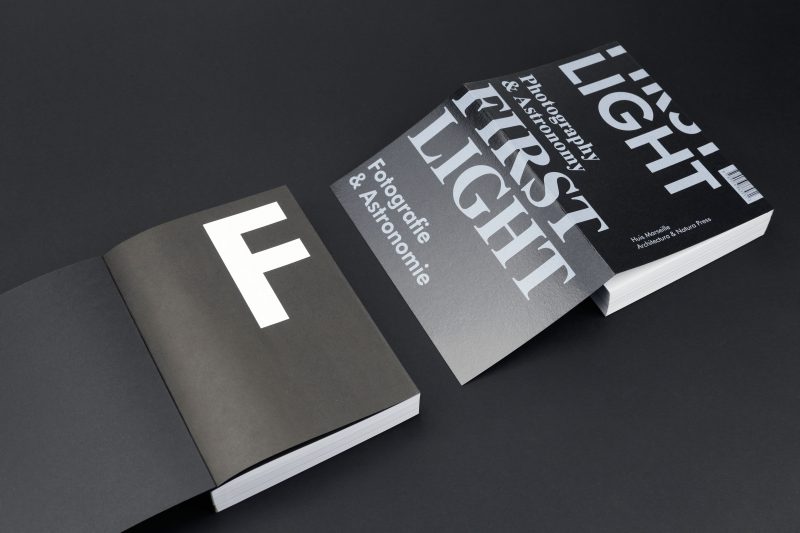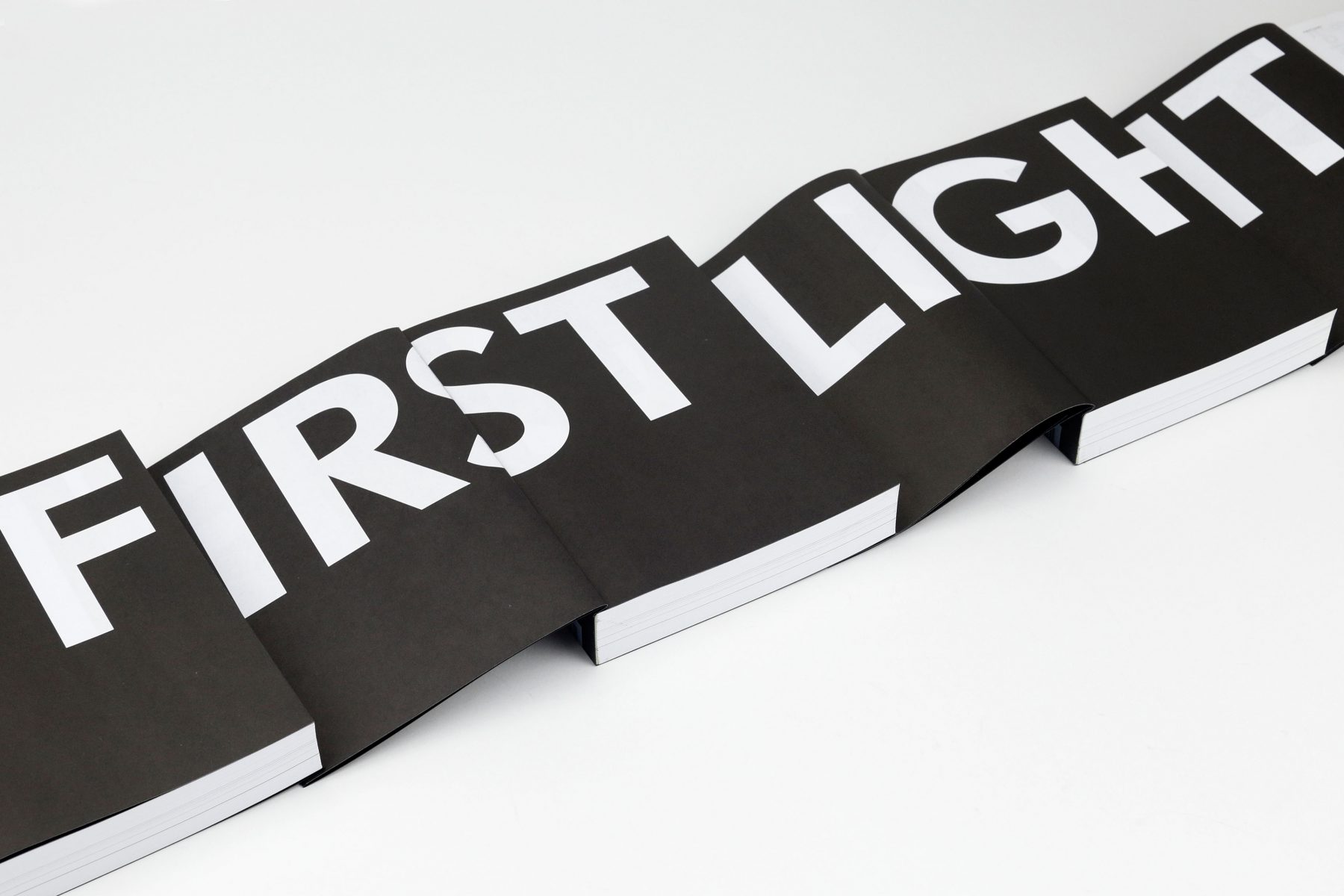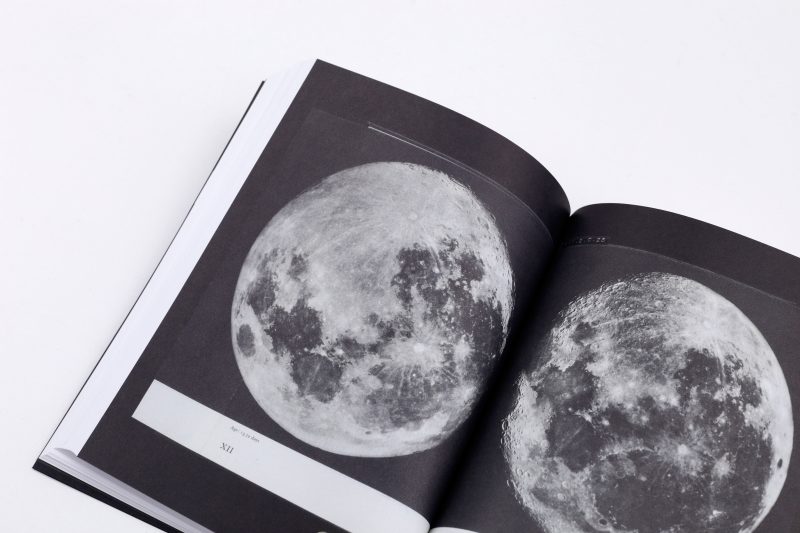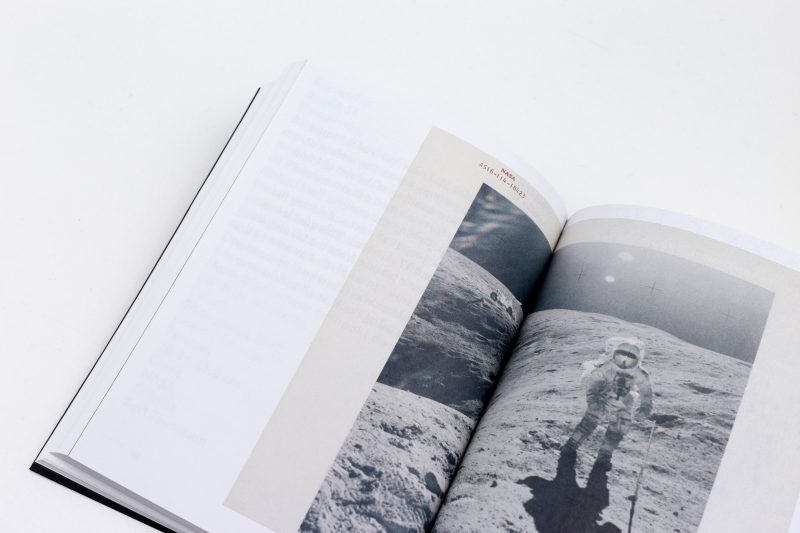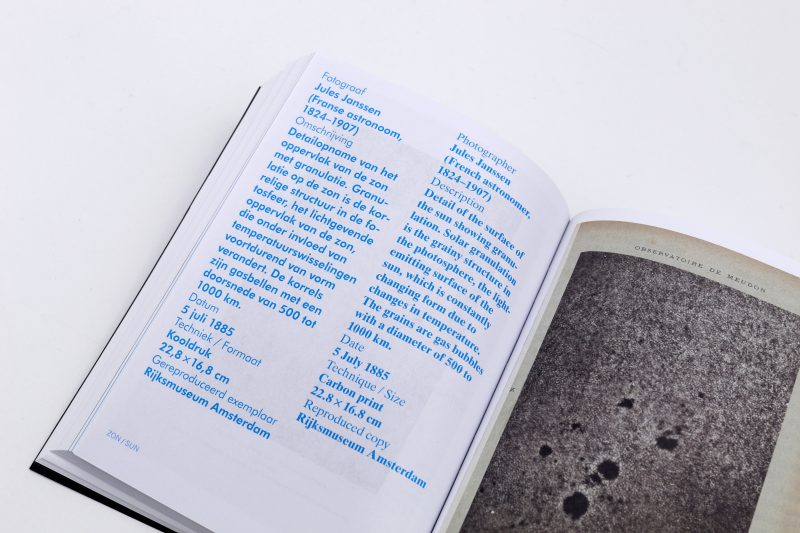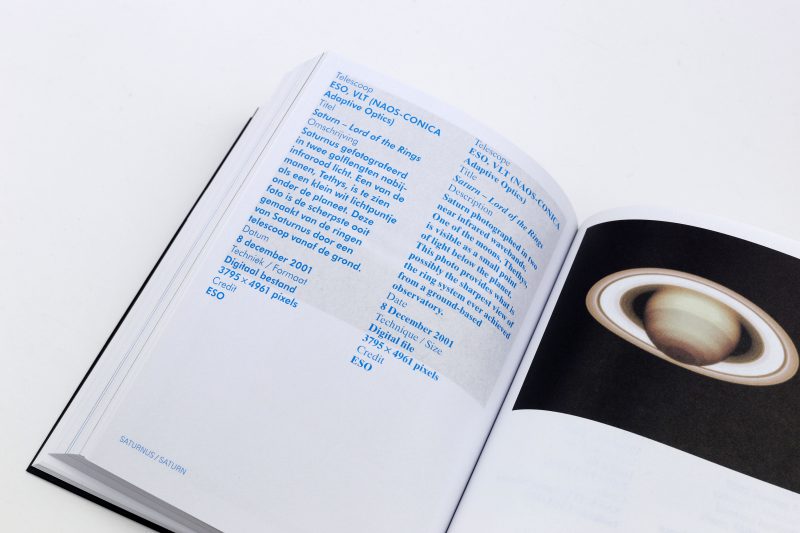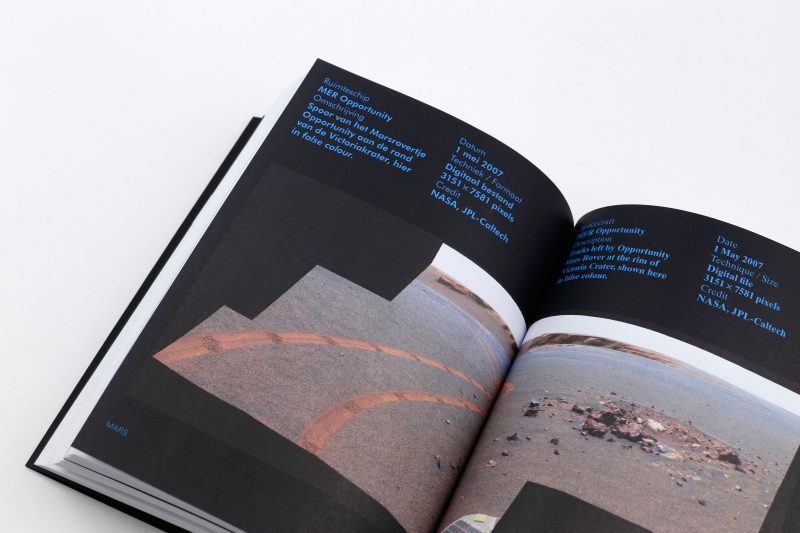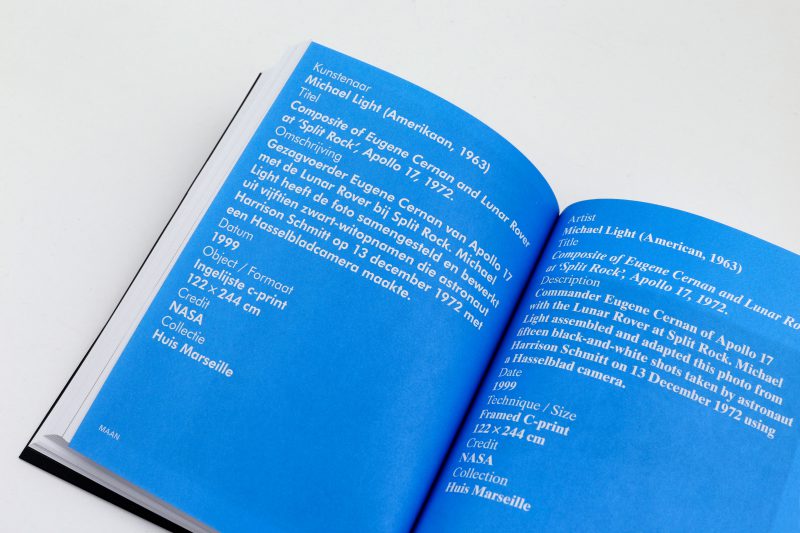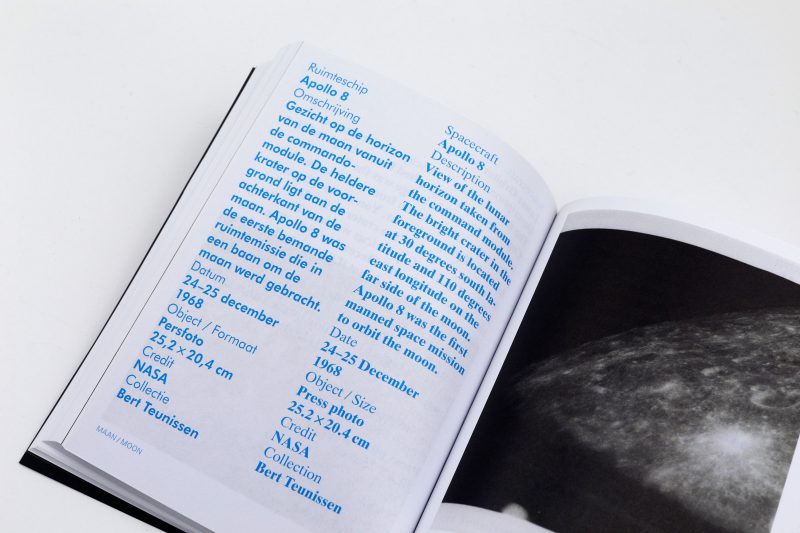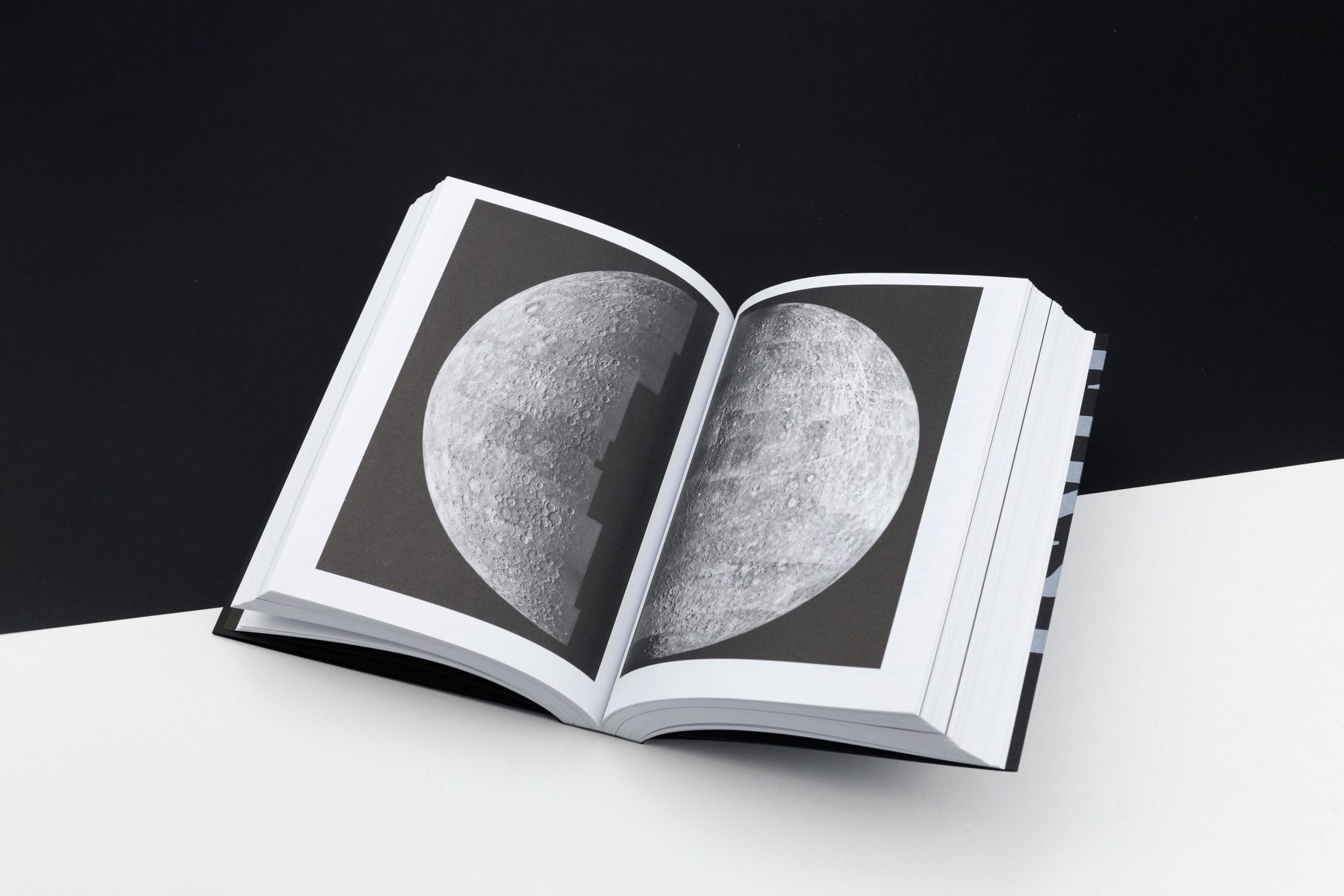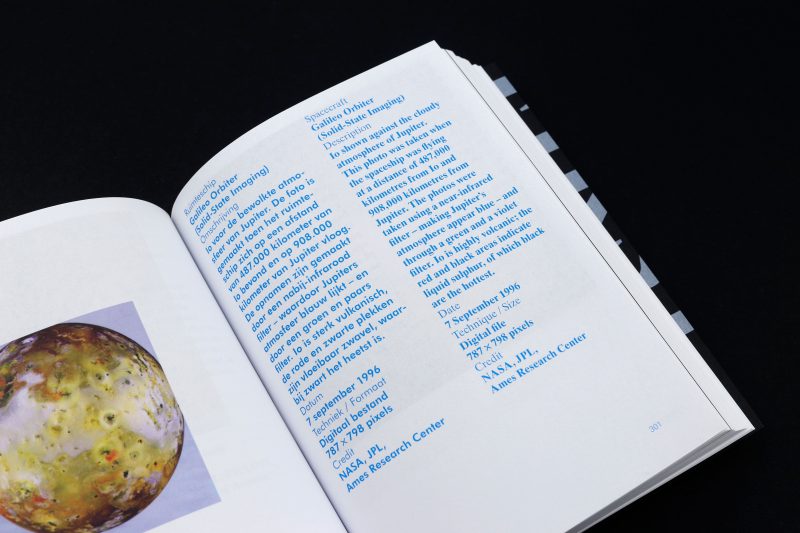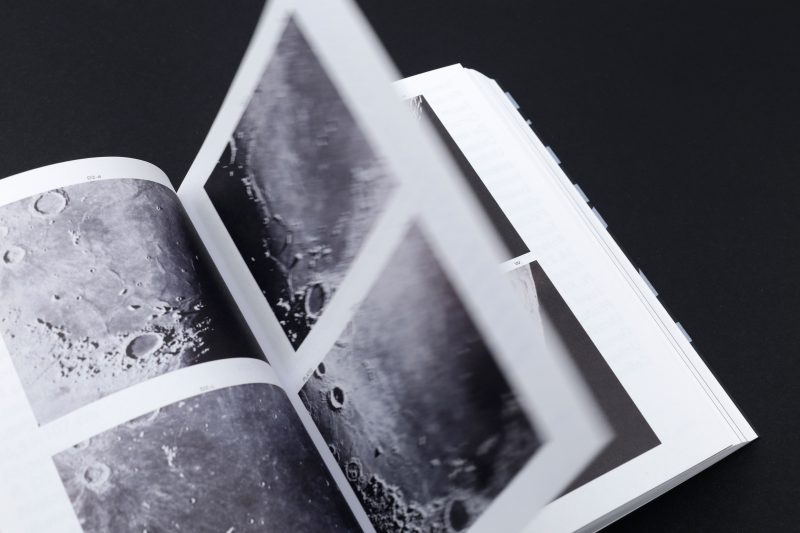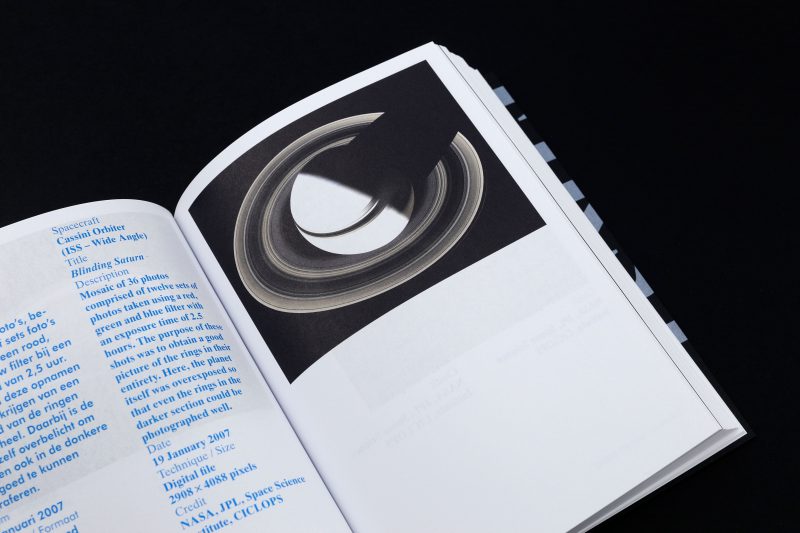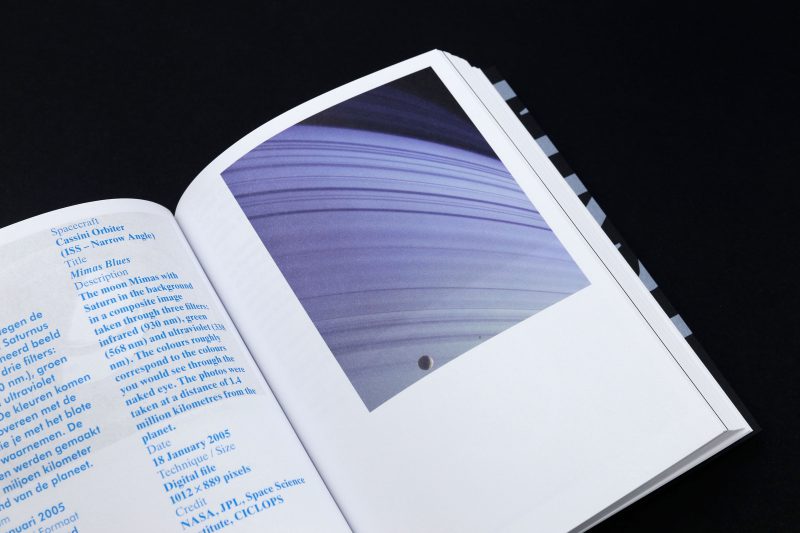First Light — Photography and Astronomy
Photography as a Time Machine
‘Without light, there would be no such thing as photography; nor would there be any knowledge of the universe.’ So says Saskia Asser, curator of First Light, an exhibition at Amsterdam’s Huis Marseille Museum exploring the relationship between photography and astronomy. The exhibition is the culmination of five years’ worth of hard work by Asser herself, and it displays historical photos of planets and stars alongside the spectacular images captured by modern telescopes such as Hubble. Asser called upon Michaël Snitker (designer of Huis Marseille’s recently updated identity) to design First Light: Photography and Astronomy, a concept-driven ‘pocket guide to the universe’ that accompanies the exhibition.
The astronomical relationship between distance and time was a central theme within First Light — since light from distant stars takes millions of years to reach Earth, to look at them is to look into the past. Snitker ordered the book’s content to reflect this, progressing from historic photographs of young stars through to modern images of the ancient depths of our universe. He took conceptual cues from Cosmic View, a book by Dutch educator Kees Boeke that directly inspired Charles and Ray Eames’s iconic Powers of Ten film from 1977. ‘Boeke and Eames used powers of ten to convey the concept of distances travelled,’ Snitker explains, ‘whereas, in First Light, it‘s the typography that conveys distances via the progression from large 360 pt letters to small 5 pt letters; from near to far.’
Snitker’s dedication to astronomical science extended to the cover itself, with a lone image of deep space printed in negative to emulate the way in which such photographs are usually studied scientifically. Within, the English and Dutch texts are differentiated through the use of the aptly titled typefaces Times Ten, Univers and Futura. Snitker’s meticulous, concept-driven design comes together in a handbook-sized format — a graphic designer’s guide to the galaxy. Gorgeous.
Grafik Magazine, London
544 pages | 185 × 140 mm | Dutch
Huis Marseille and Architectura & Natura Press, 2010
Typefaces: Futura, Times and Univers
Papers: Amber Graphic 80 gsm and Butterfly Mat Black 250 gsm
Printer: Drukkerij Mart.Spruijt
Screening: Sublima
Binder: Epping Boekbinders, Woerden
Binding: Sewn softcover with flaps and black sewing thread
